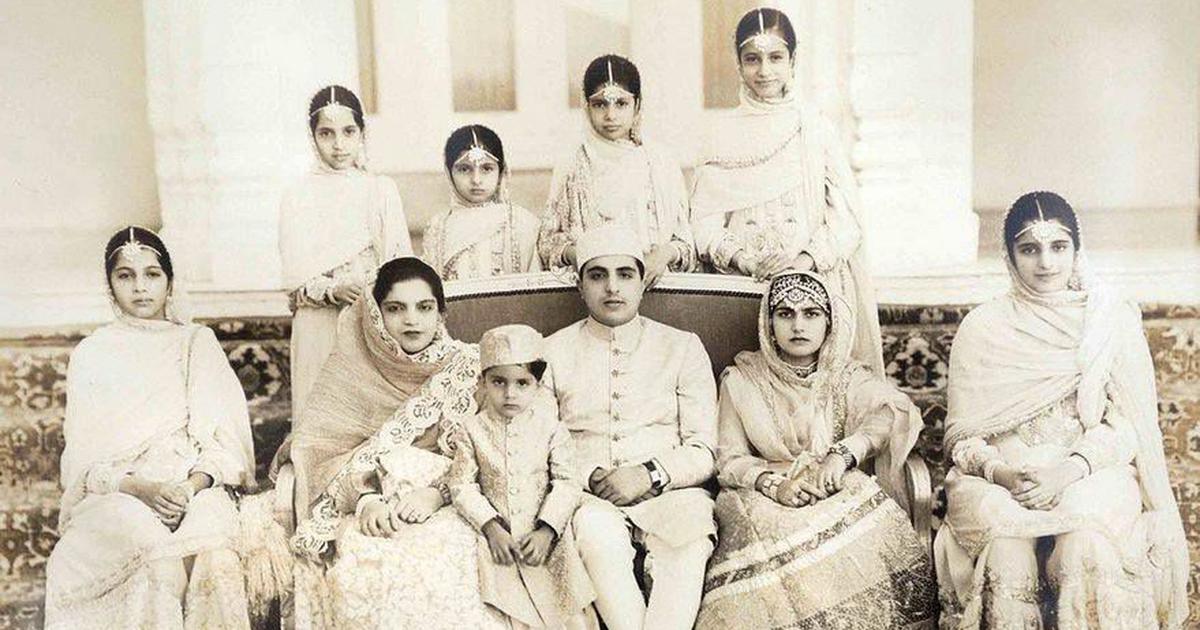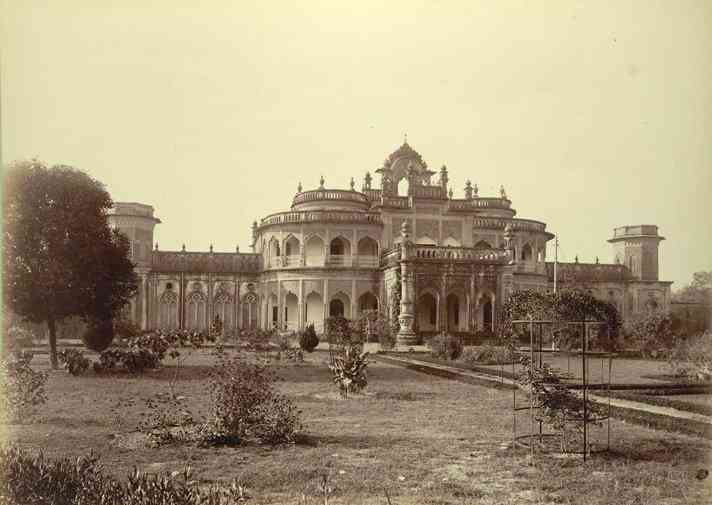Rampur, UTTAR PRADESH :
After nearly 47 years of legal battle, the district court of Rampur has delivered the verdict in the Royal family property dispute. The property will now be divided among 16 legal heirs.
The last King of Rampur, Nawab Raza Ali Khan, died in 1966. A verdict on his Rs 2,664-crore property was reached today, after a nearly 47-year legal battle.
This Rs 2,664-crore property will be divided among 16 claimants as per the Sharia law, a district court in Rampur ruled Wednesday, December 8. The legal battle stretched on for nearly 47 years, and it was in November 2019 that the Supreme Court set December 2020 as deadline for the district court to resolve the dispute. But then, there was Covid, and delays followed. The verdict was reached yesterday.

THE STATE OF RAMPUR
Rampur came into existence on October 7, 1774, and it remained under British protection until Partition. It was also the first state that acceded to the dominion of India in 1949. The two conditions on which Rampur acceded was ownership of property, and right of primogeniture.
As per the instrument of accession, the government of India recognised Murataza Ali Khan, the eldest son of Nawab Raza Ali Khan, as the sole inheritor of all his father’s properties and also issued a certificate for this. Nawab Raza Ali Khan had three wives, three sons and six daughters.
ONE OF THE LONGEST CIVIL SUITS IN INDIA

The legal battle started around 1974, when Murtaza Ali Khan, the eldest son of Nawab Raza Ali Khan took over the property of the Nawab as per the gaddi system. His younger brother Zulfiquar Ali Khan, who is married to Lok Sabha MP Noor Bano Begum, along with other sons and daughters, filed a case against Murtaza Ali Khan. Since then, the issue was sub judice.
The reason given by Murtaza Ali Khan becoming the sole owner of his father’s property was one of the two conditions on which Rampur acceded to India in 1949.
SHARIA OVER GADDI SYSTEM
The District Judge on Wednesday delivered the judgement which ran into 34 pages. But the scheme of partition of the property is yet to be decided.
The Supreme Court in 2019 had ruled in favour of Muslim personal law, which certfiied 16 sons and daughters as the legal heirs of the property.
Originally, the Royal property was to be divided among 18 persons, but during the course of the trial, two claimants died and they do not have any heirs. Now, the property will be divided among 16 heirs.
The Supreme Court in 2019 had asked for the evacuation of the property, and a plan for the division of the assets by a district court judge.
RS 2,600-CRORE ASSETS

The Khashbagh Palace, which spreads over 350 acres, is valued at approximately Rs 1,435 crore. The sprawling residence built in the year 1930 also hosted Mirza Ghalib, Begum Akhtar and Fida Hussein Khan.
Other immovable assets are Benazir Kothi and the orchard of 100 acres, Shahbad Castle of 250 acres, Kunda Orchard at 1,200 square metres, and the Nawab’s private railway station, which is around 19,000 square metres.
The value of the movable assets was conducted by a private interior commercial designing firm, who said they were worth Rs 64 crore. The movable assets are vintage cars (1939 Buick, 1954 Dodge Convertible, 1956 Austin Convertible, 1956 Willys, 1956 Fiat, 1957 Plymouth, and Fargo trucks). Other movable assets include paintings from 5 monuments, thrones, swords, statues, mirrors, carpets, etc.
THE MILLIONAIRE HEIRS
The property will now be divided among Late Murtaza Ali Khan’s daughter Nikhat, son Murad Miya, and claimants on the other side, which include Late Micky Miyan’s wife, former MP Begum Noor Bano, her son Naved Miya, among 16 heirs. Among these, Begum Noor Bano and MLA Kazim Ali Khan stay in Rampur only.
Other members of the Royal family stay in parts of Maharashtra, Bengaluru, California, Germany, New Delhi, Lucknow, and other parts of the country.
source: http://www.dailyo.in / Daily O / Home> Variety / by Mohammad Bilal / December 09th, 2021










